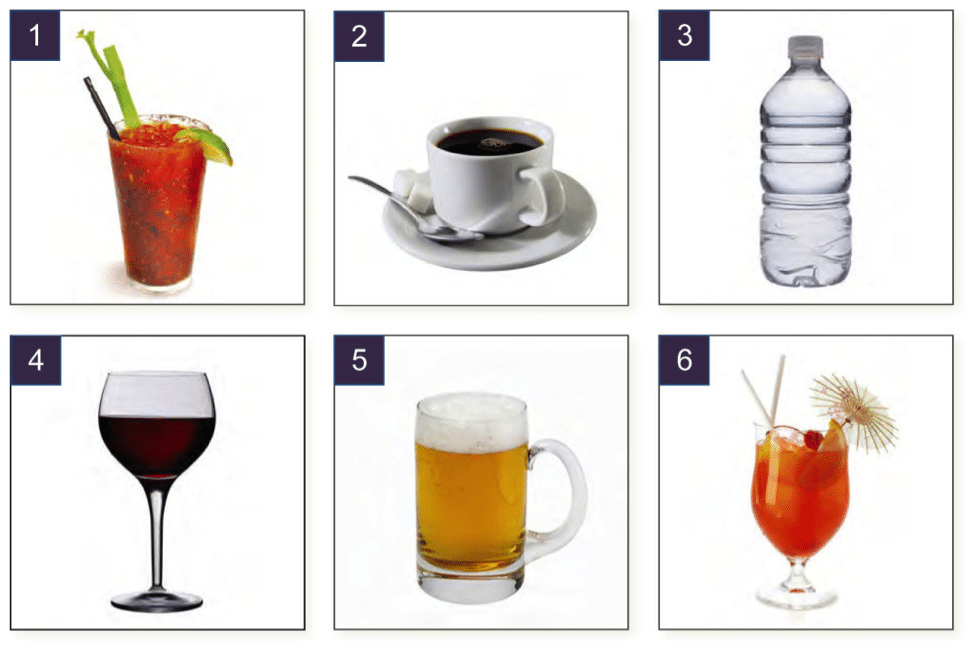Subscribe to Our Newsletter
A brand’s image, like a personal reputation, means everything. So businesses are always eager to shape their brand images with care and definitely address any shortcomings or poor impressions.
The first step to solving any problem is to understand the scope and nuances of the challenge. But when it comes to studying the strengths and weaknesses of something as complex as your brand image? That’s sometimes easier said than done.
We offer this strong recommendation as avid insight-gatherers. Let the power of visuals bring clarity to your brand image assessment.
What is Brand Image?
The ironic thing about a brand’s image is that you can’t actually see it. Brand image is the intangible, cumulative and often unarticulated set of feelings, thoughts, memories and associations that people have relative to a brand.
Of course, businesses hope all perceptions of them are positive. But brand image is a real challenge to analyze. Creating a mental model of your company that aligns with your customers’ multifaceted, innermost perceptions is daunting. And it’s even more difficult from the marketer’s position. How can you assess and understand your own brand’s outward-facing image from within the company?
We often observe companies entering the brand-building process knowing only that their brand is underperforming and needs improvement. They know they’re unhappy without being able to pinpoint the root causes of their dissatisfaction. But until they can clearly identify their brand image’s strengths and weaknesses, they won’t know how to reshape it—how to reach out, connect with people and build the relationships and reputation they want to maintain.
Viewing the brand as a vessel—a concrete entity that can contain attributes, aspirations, impressions and identity—can be helpful when the challenge seems mysterious and leadership feels adrift. To anchor the conversation, we find visuals invaluable for both assessing people’s impressions of the business today and determining which brand problems to address most urgently moving forward.
Harnessing the Power of Visual Cues
To draw out stakeholders’ deep-seated insights and perspectives on a brand, we like to use visual rather than verbal research exercises. Not only can images help unearth hidden assumptions and essential truths about a brand’s image and communications, they can also help paint a clearer picture of how the market perceives a product or service compared to its competition.
Visual cues also serve as an effective collaborative tool that encourages teamwork and helps groups refine their shared ideas. It’s often easier to agree on a symbol (and what that symbol represents) than a set of abstract, personalized thoughts, even if they ultimately align. So we use visual metaphors instead of focusing on abstract elements of a brand’s strategy.
In our insight gathering, we find visually-driven free association to be particularly effective. It’s remarkable what you can discover when you ask how a brand is alike or different from symbols and objects that people can readily see, grasp and feel.
Here’s how it works:
We show small groups of internal team members (e.g., employees, management) a series of related images—such as six types of beverages or household tools—and ask them to identify which images reflect the corporate brand today and which they hope will reflect it in the future. The real insight comes not from the image chosen but the honest, unfiltered explanation of the choice. In sharing why an image speaks to them, people reveal extraordinary facets of the brand’s image that no multiple choice survey creator could have predicted.
For example, during a recent rebranding project with a client in the energy industry, we conducted a free association exercise to uncover key insights about the client’s existing brand. A dozen employees were asked to pick the beverage image that best represents their brand today from among these choices:

Five employees chose the same image: a bottle of water. But when asked why they chose this image, the answers varied. One employee picked the bottle of water because it represented something important and necessary for survival but often overlooked. Another saw it as plain and boring. Clearly, the current brand lacked excitement. And the company’s brand image? Sensible but unappreciated.
When we asked the same group to choose the image that best reflects where the brand needs to be in the future, many employees were drawn to the image of a cup of coffee. Why? Because it represented a habit, a wake-up call, something that could not be ignored. This was their envisioning of the brand’s ideal future image: indispensable and invigorating.
As this example demonstrates, working through a set of connected but unique symbols can lead to specific, productive insights about the brand’s current image and the aspirations of its most important stakeholders. The translation, semiotics and consensus-building that occurs through such exercises is similar to what happens when customers evaluate a brand. And positive associations need to be just as strong for them as they are for employees.
Visual metaphors not only enable companies to think of their brand with increased clarity and depth. They also provide brand strategists with information that is far more actionable than what’s gleaned from less anchored conversations. Scores of otherwise inaccessible insights are collected, analyzed, compared with market research, and finally assembled into a comprehensive dossier that explains the roots of the brand’s image and offers concrete guidance on how to enhance it moving forward.
The Takeaway
When rebranding, leveraging the power of visuals can be an effective way to uncover deep-seated opinions, insights and perceptions of a brand today and hopes for it tomorrow. This deeper understanding helps define the strengths and weaknesses in the brand’s image and lights the path forward for reshaping it.
Insights uncovered through visuals-based free association exercises (and other qualitative research methods that incorporate visual cues) are very different than the knowledge gained through surveys or standard Q&A sessions—they are inherently emotional and/or instinctive rather than intellectual. And understanding how a brand is perceived on every level is a critical step toward developing your next successful brand strategy.
To explore unlocking the power of visual cues to strengthen your brand image, contact us.



